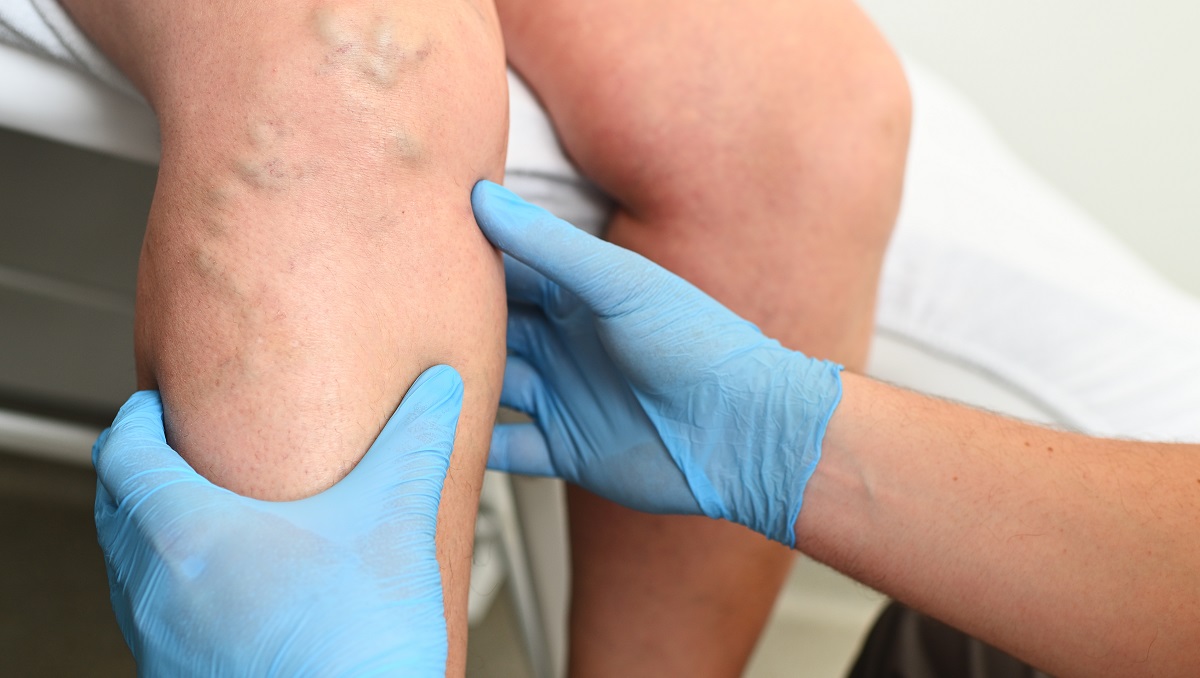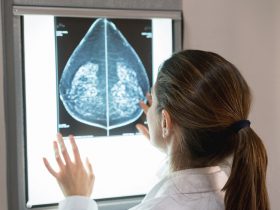How much of a problem does lymphedema represent for breast cancer patients? A significant one. That’s a brief summation of the presentation Simona F. Shaitelman, MD, EdM, Associate Professor in the Department of Radiation Oncology, Division of Radiation Oncology, at The University of Texas MD Anderson Cancer Center, Houston, TX, gave at the 39th Miami Breast Cancer Conference.
“By two to three years out, more than half of the patients had volumetric or circumferential changes in terms of defining lymphedema,” said Dr. Shaitelman, referencing just one recent study.
“By 2030, we expect there to be 5 million breast cancer survivors in the U.S. Even if just 10 percent of those patients were to develop lymphedema, it would have huge ramifications societally in terms of the costs of the long-term side effects of our breast cancer treatments,” Dr. Shaitelman added.
The costs are certainly burdensome for patients: Mean monthly direct costs for breast cancer patients with lymphedema are actually twice that for breast cancer patients without lymphedema, Dr. Shaitelman noted. And, in addition, reports of inadequate insurance coverage are common among these patients.
“Many of the lymphedema treatments recommended are not covered by insurance,” Dr. Shaitelman said.
Factors Impacting Lymphedema
Which patients are most at risk for lymphedema is a subject still being explored, although Dr. Shaitelman did note that higher BMI and duration of neoadjuvant chemotherapy are associated with the disorder.
“Although we usually think of this as being associated with local/regional intervention, such axillary lymph node dissection and regional nodal radiation,” Dr. Shaitel said, “There is a lot of evidence to say that chemotherapy, particularly Taxol- based chemotherapy, can lead to greater incidence of lymphedema.” In fact, “neoadjuvant therapy in and of itself may be doing something to the lymphatics,” she said.
Screening for Lymphedema
There are several ways to screen for lymphedema, according to Dr. Shaitel, including patient reported outcomes, pyrometry using infrared technology, bioimpedance spectroscopy, and traditional tape circumference measurement, although she noted that healthcare providers need to remember that tape circumference measurement “takes a lot of time and effort in clinic.” Reproducibility can also be challenging, she said.
“Across studies, many different metrics are being used for screening,” Dr. Shaitel said. “I would argue that perhaps what matters most is patient-reported lymphedema. How much is this bothering patients on a day-to-day basis?”
One thing to note in regard to screening is that earlier diagnosis is better as some data exist indicating that lymphedema may be reversible when discovered early. In a small trial conducted in 2008, one physician found that if she intervened when patients had a limb volume change of just 3% compared to their baseline before any intervention and gave those patients a compressive sleeve garment for six months, their lymphedema was reversed.
“This has not been replicated in other studies,” Dr. Shaitel said, “But it does seem to suggest that maybe we can reverse this if it’s found early enough. Otherwise, we have to tell patients that lymphedema is not reversible.”
How to diagnose earlier? With imaging, Dr. Shaitel said, noting that internal imaging provides evidence of lymphatic problems before they can be noted externally.
Guidelines Have Evolved
The National Comprehensive Cancer Network (NCCN) Clinical Practice Guidelines for Breast Cancer have been updated in recent years to include new recommendations for early detection and diagnosis of lymphedema, Dr. Shaitel said.
“Guidelines now actually encourage baseline arm volume measurements on all breast cancer patients preoperatively,” she said. The Guidelines also stress the need for patients to be educated on the signs and symptoms of lymphedema, as well as the risk of cellulitis, and taught infection prevention measures,” Shaitel added.
A Long Way to Go
Unfortunately, Dr. Shaitel had little to share in terms of progress in preventing lymphedema. She said that studies to date have been disappointing and attempted interventions have not demonstrated any ability to reduce the rate of lymphedema in breast cancer patients. She concluded noting that enormous opportunities exist for researchers to have an impact in improving prevention, screening, and treatment.
“There is a lot more work to be done,” she said.





